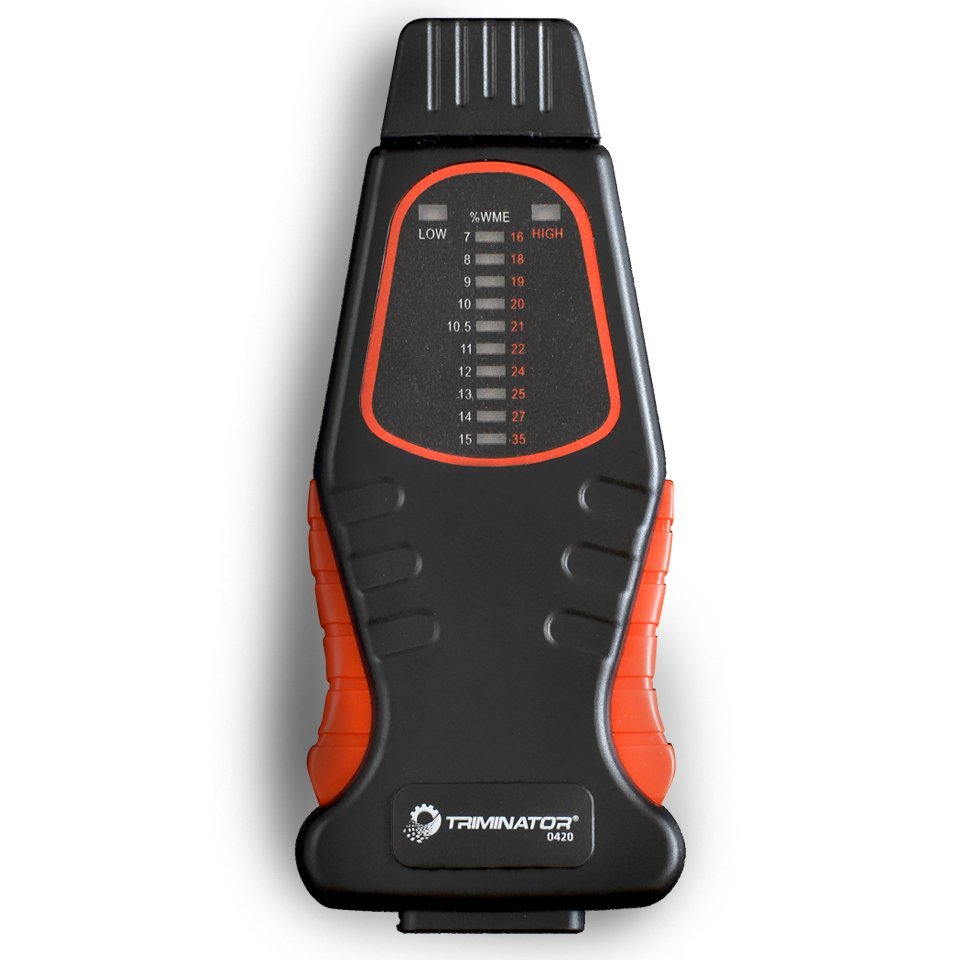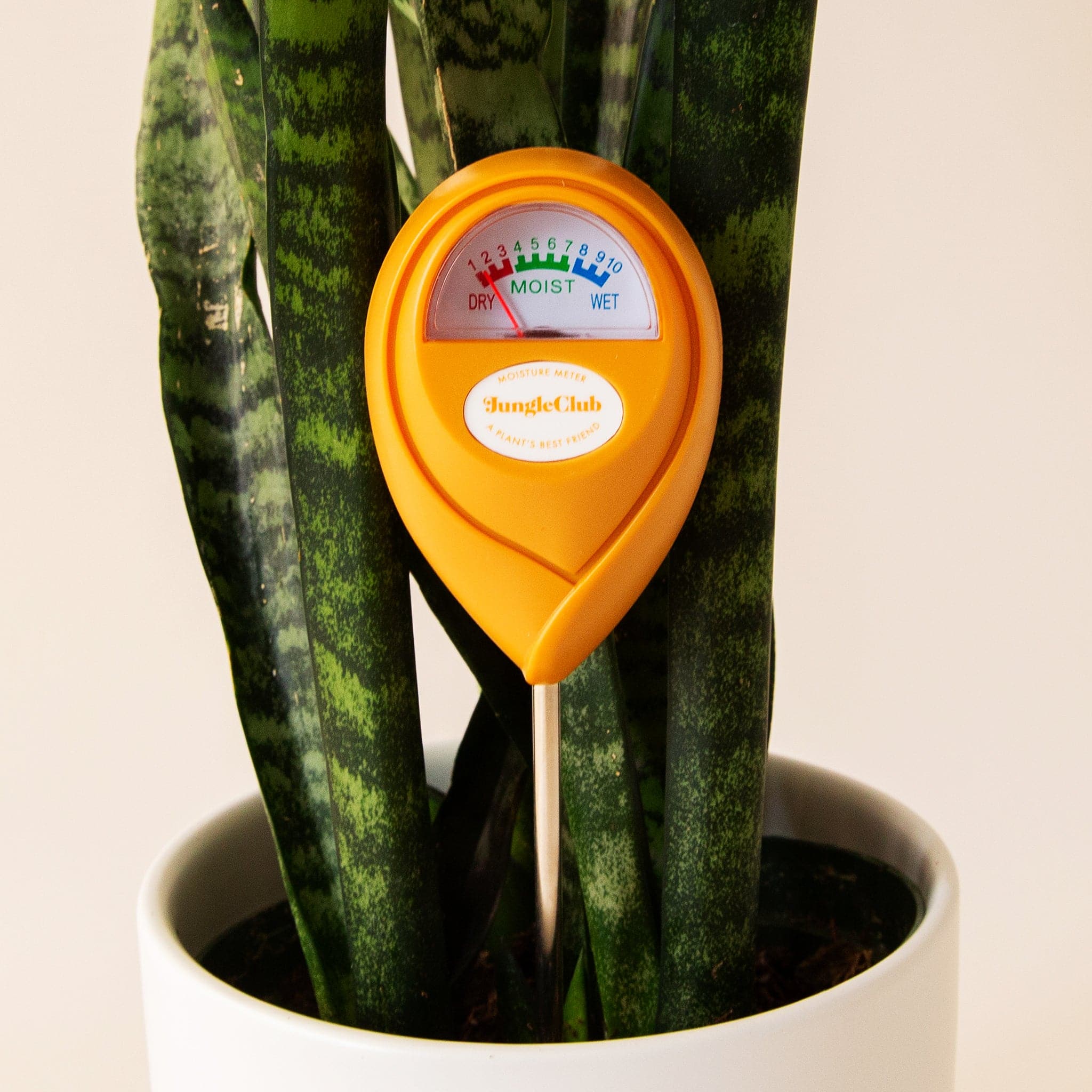Exactly how to Make Use Of a Moisture Meter to Detect Hidden Water Damages in Your Building
Exactly how to Make Use Of a Moisture Meter to Detect Hidden Water Damages in Your Building
Blog Article
The Ultimate Overview to Wetness Meters: A Comprehensive Summary and Exactly How They Can Save You Cash
In the world of building maintenance, building, and numerous sectors, the value of precisely gauging moisture levels can not be overstated. Moisture meters work as indispensable tools in finding and checking moisture content in products, helping in preventing expensive problems and ensuring the quality of items. Comprehending the nuances of various kinds of wetness meters, their applications, and the potential cost-saving advantages they supply can be a game-changer for specialists and companies alike. Uncovering how these devices can not just simplify procedures however additionally add to monetary savings is a trip worth starting.
Sorts Of Moisture Meters
One usual kind is the pin-type dampness meter, which gauges the electrical resistance between 2 pins inserted right into a material. Pinless moisture meters, on the other hand, use electromagnetic sensor plates to scan a bigger area without causing damage to the material's surface area.

Infrared wetness meters gauge the thermal buildings of a material to establish its dampness content non-invasively, making them beneficial for applications where pin or pinless meters might not be suitable. Understanding the various types of moisture meters available can assist markets select the most ideal tool for their certain wetness measurement needs.

Advantages of Using Moisture Meters
Dampness meters offer vital benefits in precisely monitoring and analyzing moisture levels in diverse products and settings. One of the primary benefits of using moisture meters is the avoidance of potential damage triggered by excess moisture.
In addition, using wetness meters can lead to raised energy performance. By recognizing areas with high dampness degrees, such as leaks or bad insulation, adjustments can be made to boost power preservation and lower utility prices. In agricultural setups, moisture meters play a vital function in enhancing crop yields by allowing farmers to keep track of dirt dampness levels and make educated irrigation decisions. On the whole, the benefits of utilizing moisture meters extend across numerous sectors, supplying affordable solutions and advertising much better quality assurance practices.
Exactly How to Pick the Right Dampness Meter
Choosing the ideal moisture meter includes taking into consideration vital factors such as material compatibility, dimension array, and calibration precision. When choosing a wetness meter, it's important to make sure that the meter is appropriate for the details material you will certainly be testing. Various products have varying electric buildings that can influence wetness analyses, so picking a meter developed for your material is vital for accurate results. In addition, think about the dimension array of the wetness meter. Make certain that the meter can identify moisture levels within the range needed for your applications. Calibration precision is an additional critical factor to remember. Select a moisture meter with trustworthy calibration to make sure exact and constant analyses. Some meters might need regular calibration modifications, so understanding the calibration process is necessary. By meticulously assessing these variables, you can choose a moisture meter that satisfies your demands and gives accurate moisture dimensions for your projects.
Appropriate Strategies for Wetness Meter Use

Cost Financial Savings Via Wetness Meter Applications
How can the calculated use of moisture meters lead to considerable price savings throughout different sectors? In the farming industry, wetness meters help in figuring out the optimal time for collecting crops, protecting against over-drying or excess dampness that can impact the last product's top quality.
Likewise, in building and construction, wetness meters aid stop costly damages by detecting dampness degrees in building materials, such as timber or concrete, which can bring about architectural issues if not resolved without delay. By determining issue locations at an early stage, service providers can take rehabilitative procedures to prevent extensive repairs or substitutes, eventually conserving time and cash.
Furthermore, in the food processing industry, moisture meters are vital for checking product quality and making sure conformity with safety and security guidelines. By properly measuring dampness material in food, producers can avoid this link perishing, preserve freshness, and minimize waste, leading to significant cost savings. Overall, the calculated application of moisture meters is an important investment that can bring about considerable expense reductions and enhanced performance throughout different industries.
Conclusion
Finally, dampness meters are important tools for identifying and gauging moisture levels in various products. By making use of the ideal dampness meter and adhering to correct methods, customers can effectively avoid costly damages triggered by excess dampness. Purchasing a top quality dampness meter can lead to considerable cost savings in the future by identifying possible concerns early and allowing prompt removal. Ultimately, dampness meters are crucial instruments for keeping the stability and longevity of products and structures.
Wetness meters serve as essential tools in finding and keeping track of moisture web content in products, helping in preventing pricey problems and ensuring the quality of products. Infrared wetness meters gauge the thermal properties of a product to identify its wetness web content non-invasively, making them helpful for applications where pin or pinless meters may not be ideal.Moisture meters provide invaluable advantages in accurately keeping track of and assessing dampness degrees in varied materials anonymous and environments. In farming settings, dampness meters play a critical role in maximizing crop yields by making it possible for farmers to check dirt moisture degrees and make notified watering decisions.In conclusion, dampness meters are important tools for determining and spotting wetness levels in different products.
Report this page